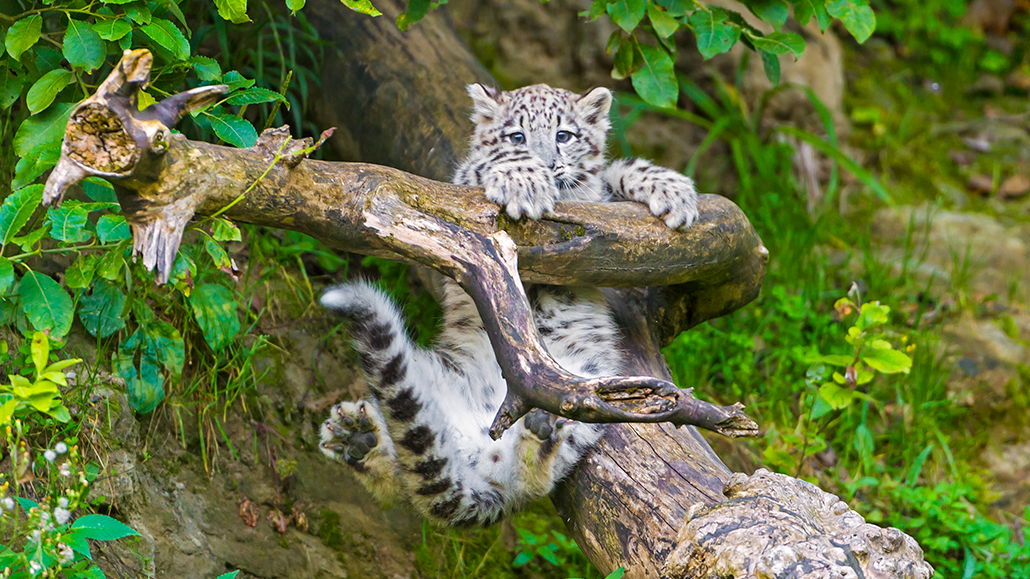ancestor: A predecessor. It could be a family forebearer, such as a parent, grandparent or great-great-great grandparent. Or it could be a species, genus, family or other order of organisms from which some later one evolved. For instance, ancient dinosaurs are the ancestors of today’s birds. (antonym: descendant)
Apatosaurus: A dinosaur whose name means deceptive lizard. It has a long neck and thick, whip-like tail. It lived during the Jurassic period, about 150 million years ago. In adulthood, this plant-eater would have weighed some 36 metric tons (40 short tons) and had an average length of perhaps 23 meters (75 feet). That would have made it one of the largest animals to ever roam the Earth.
Brontosaurus: A dinosaur genus that lived around 150 million years ago. The name Brontosaurus means “thunder lizard.” It was a sauropod with a long neck and thick, whiplike tail. It was originally named in 1879, but scientists rolled Brontosaurus into the Apatosaurus genus beginning in 1903 — meaning Brontosaurus didn’t exist. In 2015, however, scientists studying groups of the fossils determined that Apatosaurus and Brontosaurus were too different, and that Brontosaurus should be its own genus again
bush: (in landscape descriptions) The name for wildlands in certain countries, especially parts of Africa and Australia.
common ancestor: Also known as shared ancestor. It’s an ancestor that two or more descendants have in common. Two siblings share a parent as a common ancestor. This also applies on the level of species and groups of organisms. Two or more species can share a common ancestor at the genus level. Two or more genera can share a common ancestor at the family level, and so on. Tigers and lions have a common ancestor, as do humans and Neandertals."
descendant: Someone who comes from — descends from — an earlier individual within some family tree. It can also be a species that evolved from some earlier line of organisms. For instance, you are a descendant of your grandmother. Today’s birds are descendants of ancient dinosaurs. (antonym: ancestor)
family: A taxonomic group consisting of at least one genus of organisms.
genus: (plural: genera) A group of closely related species. For example, the genus Canis — which is Latin for “dog” — includes all domestic breeds of dog and their closest wild relatives, including wolves, coyotes, jackals and dingoes.
Homo: A genus of species that includes modern humans (Homo sapiens). All had large brains and used tools. This genus is believed to have first evolved in Africa and over time evolved and radiated throughout the rest of the world.
organism: Any living thing, from elephants and plants to bacteria and other types of single-celled life.
species: A group of similar organisms capable of producing offspring that can survive and reproduce.
taxonomy: The study of organisms and how they relate or have branched off (over evolutionary time) from earlier organisms. Often the classification of where plants, animals or other organisms fit within the Tree of Life will be based on such features as how their structures are formed, where they live (in air or soil or water), where they get their nutrients. Scientists who work in this field are known as taxonomists.








